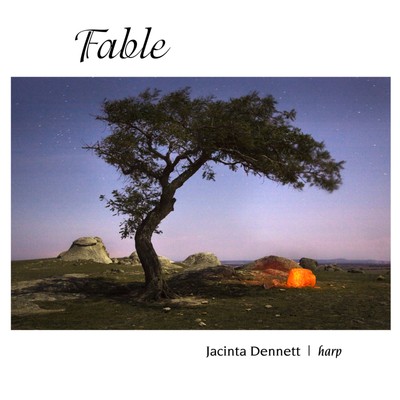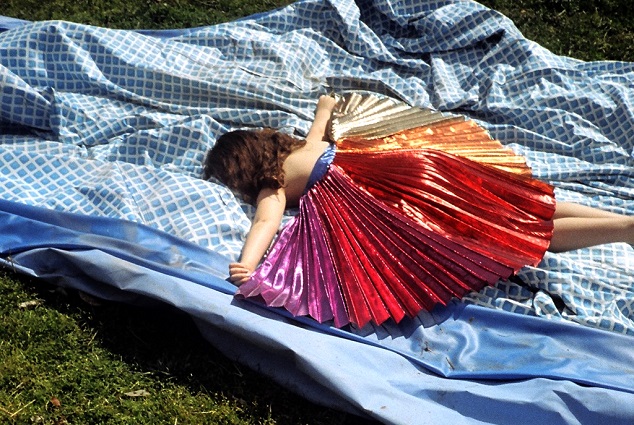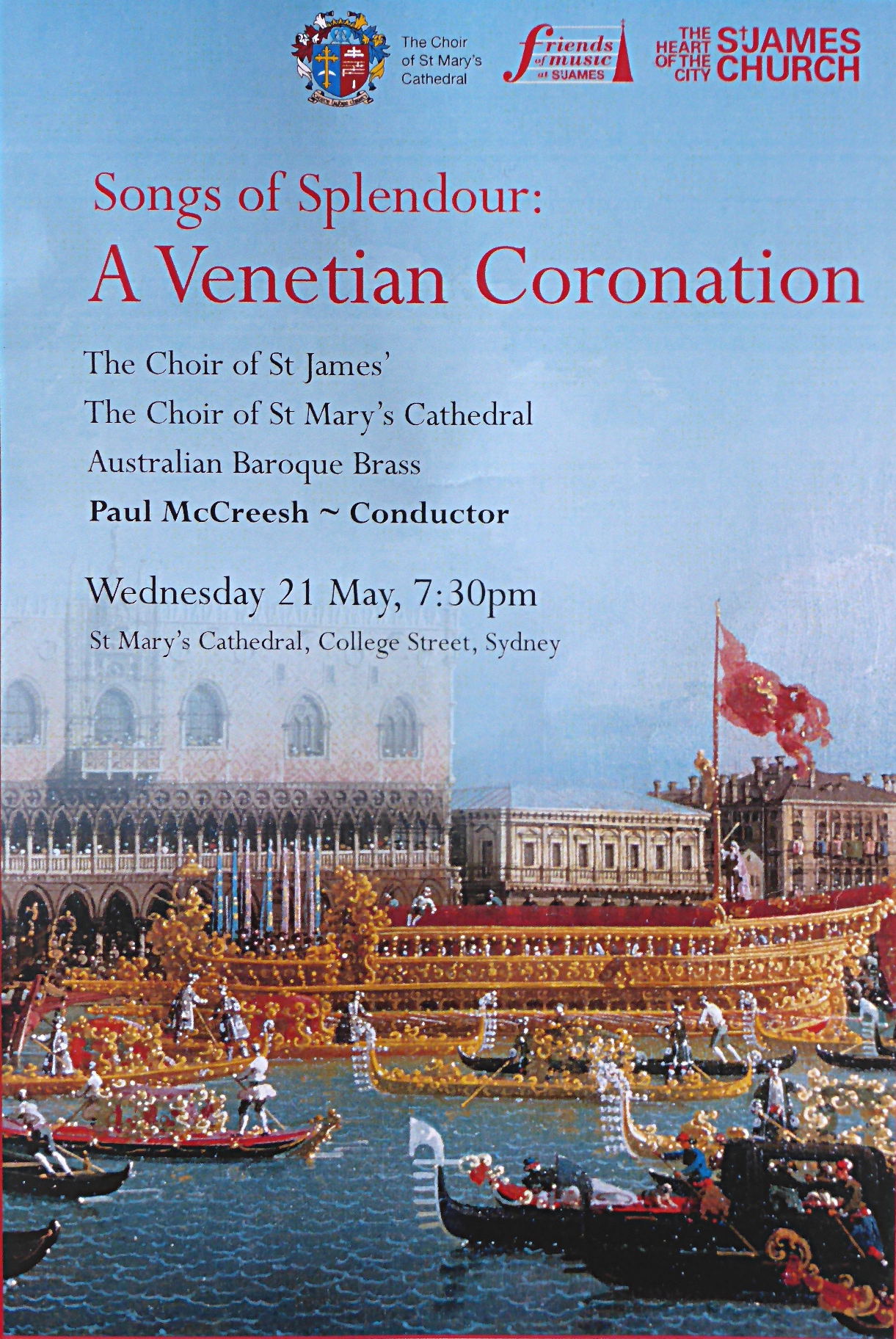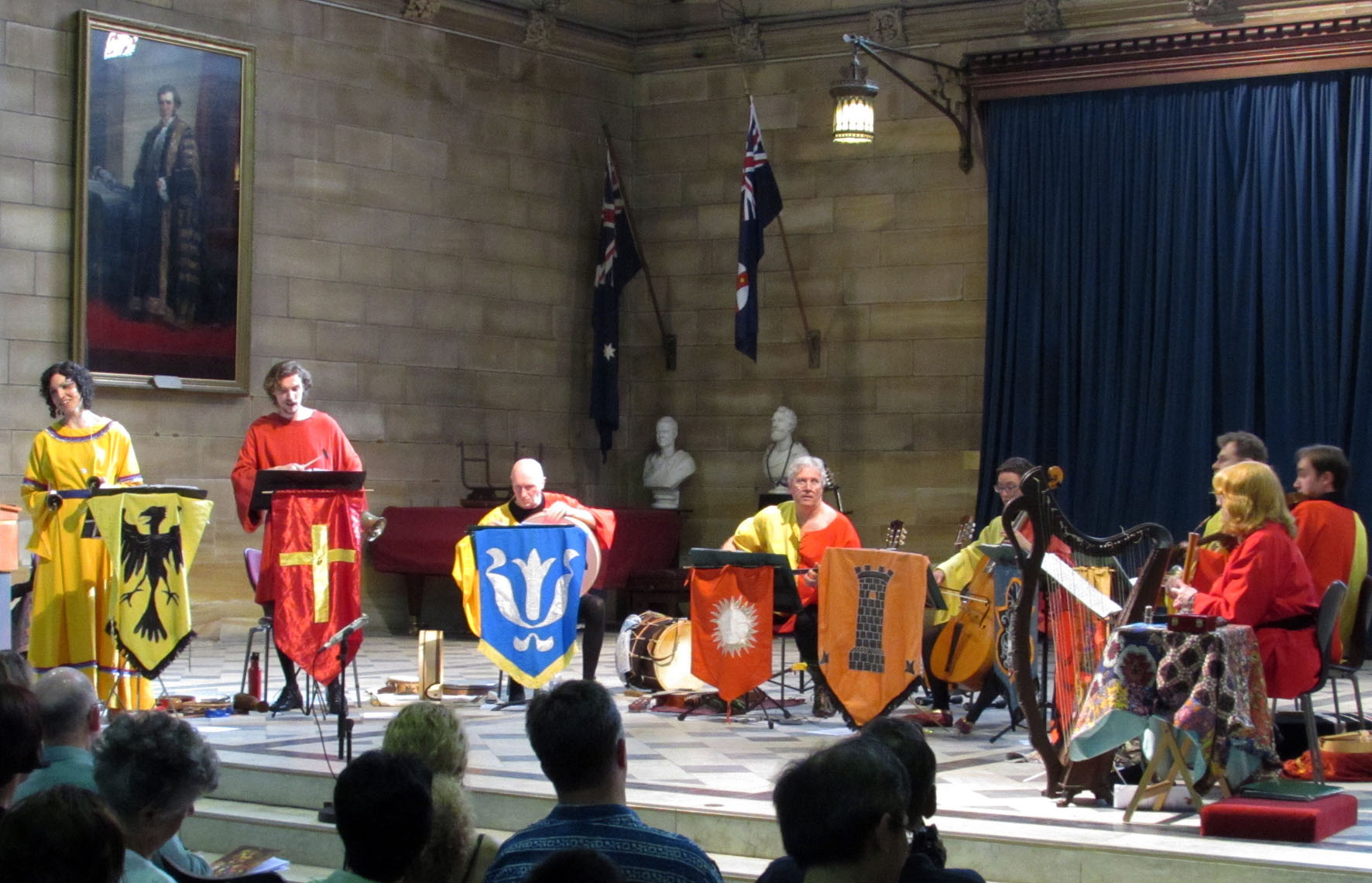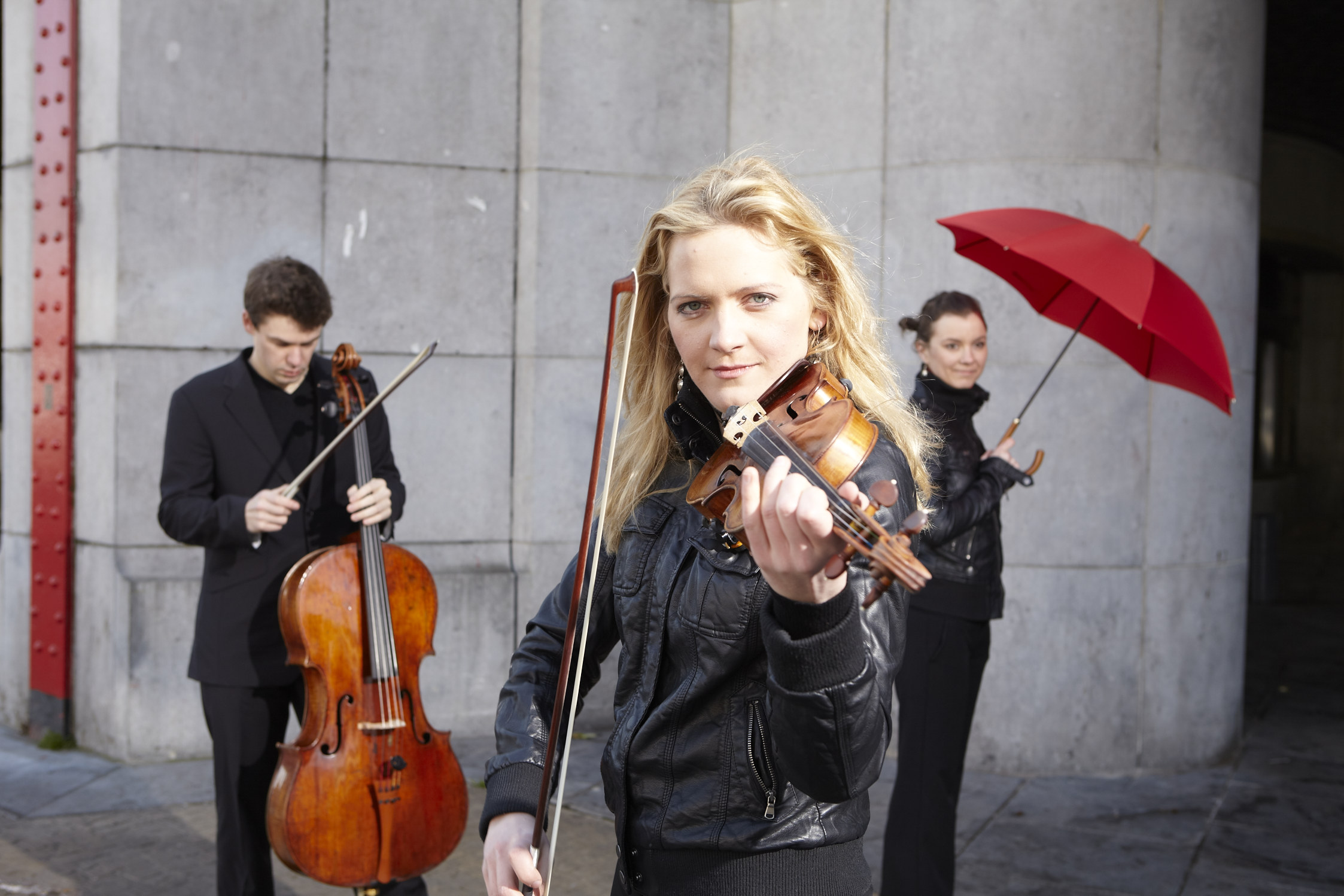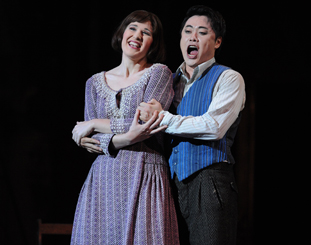Album Review: Fable/Dennett/Move
Fable
Jacinta Dennett, harp
Move Records
Harpist Jacinta Dennett’s solo album Fable features the music of female Australian composers whose lives and work span more than six decades. Recorded during the COVID-19 lockdowns in Melbourne and released on Move Records, the title is taken from Helen Gifford’s piece which is the opening track.
This title track provides an engaging introduction with varied tone colours, sometimes reminiscent of other stringed instruments (e.g. guitar), in a chromatic but materially indistinct span of five minutes. The next piece on the album is arguably the masterpiece on the disc, and certainly the most established work: Peggy Glanville-Hicks’s Harp Sonata, which was written in 1951 for the famed Spanish virtuoso Nicanor Zabaleta. The opening movement, “Saeta”, is delicately handled, with the changes in tone colour and texture well distinguished. The liner notes state, the movement title evokes a song associated with religious processions, Dennett could have done more to drive the momentum through changes of register. The “Pastorale” which follows could have utilised some more emphasis of the rare dissonances in the largely diatonic movement. The final “Rondo” maintained the energy in the bass line through its various sections, though the triplet semiquavers could have had greater clarity. Nonetheless, Dennett’s performance makes an excellent case for a piece which explores a wide range of the harp’s capabilities, and which deserves to feature in the standard repertory of all harpists.
Miriam Hyde’s Sunlit Waterfall follows, with some predictable descending arpeggios and tonal, diatonic spaces. Here, Dennett makes the most of the moments of contrast, whether they are the notes which are used as transitions between sections, the change to descending dyads or the modulation to F Major. In Elena Kats-Chernin’s not-very-horrible Chamber of Horrors, contrast becomes unity, with many well executed extended techniques and much textural and dynamic variety in a short space of time. The piece is nonetheless conservative in its harmony, with dissonances added, and Dennett makes the most of the structural uniformity of the piece. Eve Duncan’s The Sun Behind It, Burning It is equally well executed.
Jennifer Fowler’s Threaded Stars 2, is a piece which throws down the gauntlet to the harpist in the way it is constructed. Its deliberate monophony and fluid tempo, with minimal harmonic content, create the sense of a long, tangential and hard-to-play improvisation. Dennett, to her credit, uses her technique to emphasise potential structural markers such as tremolos and trills, while highlighting similarity between sections which are otherwise separated by register or other musical construct. The effective and unexpected low C ending concludes one of the more impressive efforts in demonstrating the case which good playing can make for a piece of music.
Johanna Selleck’s Spindrift is the first piece on the disc to really use the harp for what it does better than all other instruments: rapid arpeggiated figures, with or without a single melody line on top. It is one of the more harmonically interesting pieces on the programme, and its movement through the major tonal centres of D, C and G provide some refreshing clarity of direction. Despite the liner notes noting “seven sections” into which the piece is divided, the piece really plays like one whole, linked by the arpeggios throughout.
Concluding the programme is Alicia Grant’s Three Pieces for Harp, which ostensibly evoke different aspects of the sea shore. The first movement, “Sea breezes”, is unified by similarity in harmonic transition; the movement from d minor to g minor is through the key area of D Major with an added B flat. This process is repeated from g minor to c minor in a similar way, before the piece ends in that key. Some interesting displacement across registers in the central section helps to maintain interest. The second movement, “Footprints in the sand: Homage to Debussy” is in a relatively clear binary form, though the markers based on dynamics and range rather than material (which, the liner notes state, is taken from “Des pas sur la neige”, from Book 1 of Debussy’s Preludes). The final movement, “Ocean floor”, is similar in tempo and harmony to the first two movements.
Fable provides a comprehensive summary of major and minor solo works by a selection of female composers of 20th century Australia highlighting the versatility of the harp and its long- overlooked potential as a solo instrument. Dennett is an able performer and makes a serious case for some to garner more attention than they have in the past.
Stephen McCarthy for SoundsLikeSydney©
Stephen McCarthy is an emerging writer and composer from Sydney, Australia. His writings on music include a series of essays on various operas; the first of these, “A Redefinition of Opera? Lay Thoughts on Seeing Philip Glass’ Akhnaten”, was published in the UNSWeetened Literary Journal. He also won the Nan Manefield Young Writers’ Award and the Senior Poetry Prize in the Mosman Youth Awards in Literature for his poem, “On the Ellipsis”.
As a composer, Stephen’s works include: for solo piano, an Improvisation, a Sonatina and a ballet after Thomas Hardy’s novel Far From the Madding Crowd; and a setting of Robert Bridges’ “Noel: Christmas Eve, 1913” for SSATBB choir.

